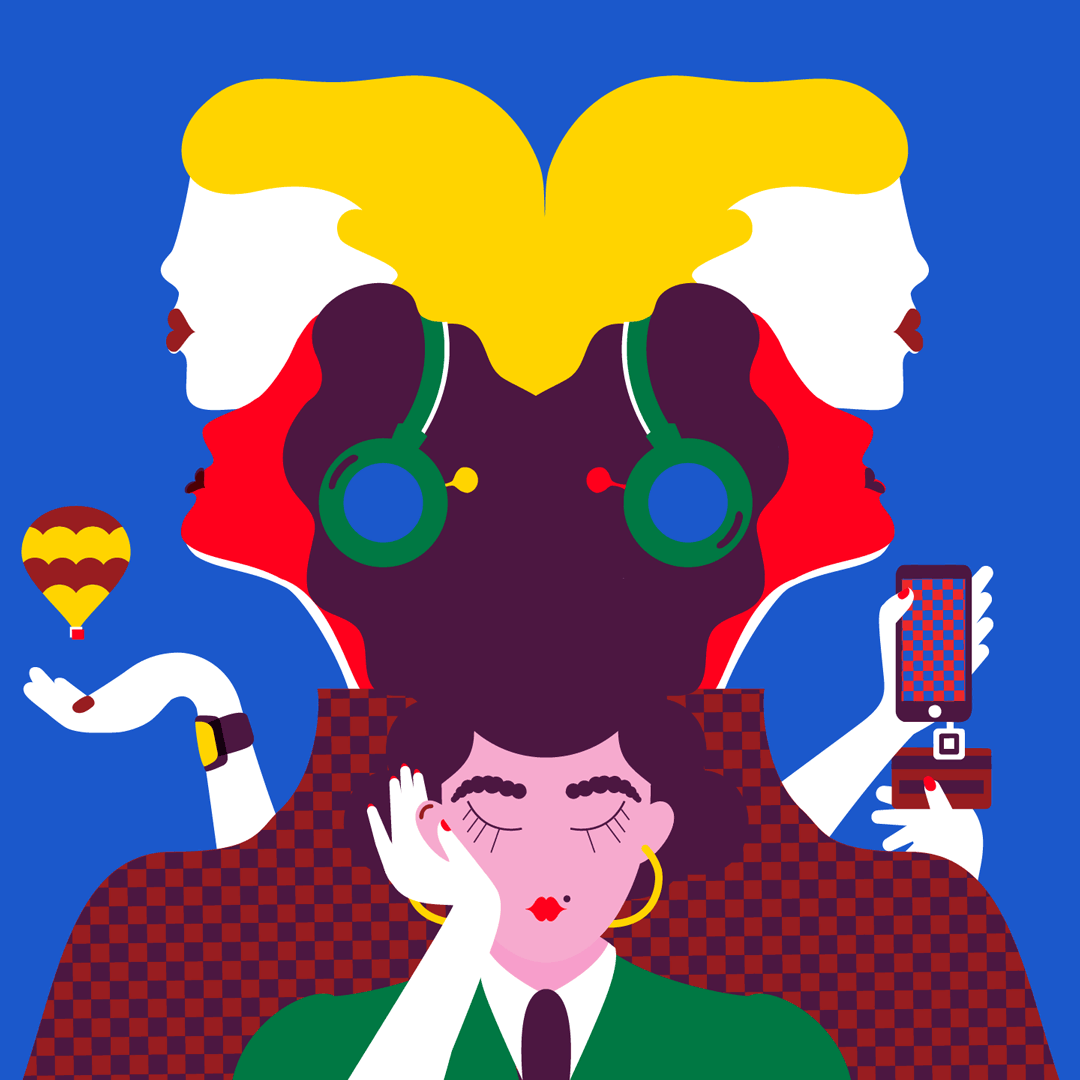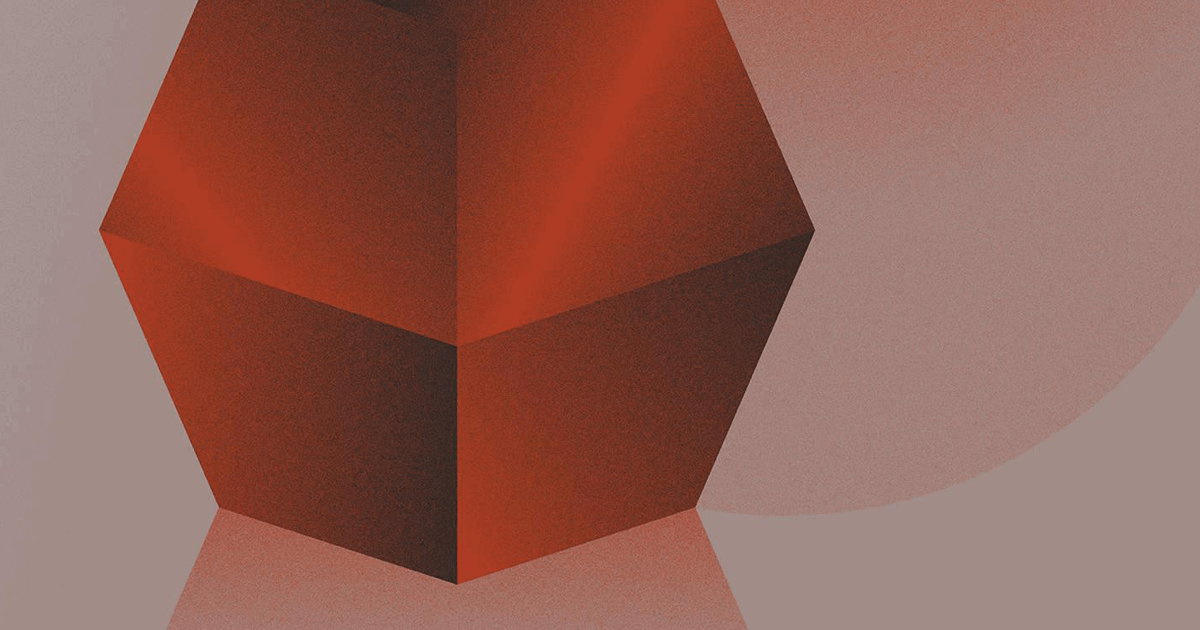
Trends 2021: Three Scenes from the Future
Each year, we tap into the collective imagination of frogs all over the globe to speculate on what’s to come in a list of Trends. And each year, frogs share their perspectives, informed by hard evidence, intuition and creeping suspicions alike. Yet as the COVID-19 pandemic took hold, any idea that the future is on a clear, linear trajectory from the present—anything possible to predict—was all but shattered. This time of deep disruption has been felt by everyone, everywhere in the world, in nearly all aspects of our personal and professional lives. The rapid change and uncertainty of 2020, stemming from a global public health crisis, as well as social and political upheaval of all types has been unprecedented, unfathomable and, in many ways, unreal.
This year, we decided to lean into this unreality. For our tenth annual Trends list, we asked frogs to not only imagine the societal and technological shifts that will impact our future, but to project the future worlds these shifts will create. From perspectives on the accelerated adoption of remote work, to visions of distorted realities and changing consumer behaviors, we’re sharing different possible views of 2021 and beyond—and the products, services and experiences that will shape our future worlds.
Scene 1: Remote Control
In a world where the line between home and office is nonexistent, workers will demand that their organizations provide better tools to enhance employee experience.

As the COVID-19 pandemic spread, organizations around the world were forced to send their employees home, accelerating the remote work trend. When physical workspaces reopened, many employees—whether due to lingering fear or newfound freedom—were reluctant to return to a traditional office, forcing employers to provide better tools to enhance the remote employee experience.
“Technology will start to be embedded into furniture to enable continuous videoconferencing, and eventually the sharing of virtual space.”
Mariano Cucchi, Associate Design Director, frog Milan
Today’s remote tools not only facilitate the kinds of communication and collaboration possible in an office, but enable even more powerful forms of creation through the use of AR/VR technology. Colleagues can gather in virtual conference rooms, examine three-dimensional models and visualizations together in real time, and leverage the power of their connected environment to more efficiently process information and surface insights.
“We will need to design the new employee experience to support these remote workers so they can still collaborate as a team and feel a sense of connection to their company and coworkers.”
Jona Moore, VP of Technology, frog Austin
This transformation will have profound effects on the larger labor market. With skilled workers more mobile and in-demand than ever, companies will be forced to compete for employees by providing powerful WFH technology packages rather than merely flexible WFH policies. As remote work technology matures, it will also expand beyond the professional and creative sectors that were its early adopters to enable other labor transformations. It could allow surgeons to perform operations on distant patients, for example, or seriously reduce human risk in a variety of industrial contexts.
“Industries will explore opportunities of remote work which have not been thought of until now. With 5G high-speed internet connectivity, some existing work could be done remotely and people would not have to work in harsh conditions.”
Siddhartha Sen Choudhary, Design Director, frog Delhi
When the line between home and office is nonexistent, however, we must be careful to understand the psychological and social trade-offs we make in the pursuit of greater professional productivity. While immersive remote technology may help alleviate the isolation experienced by many remote employees, it may just as easily exacerbate feelings of technological alienation by forcing them to spend ever-greater portions of their lives in virtual unreality. Additionally, as more industries embrace total Remote Control, existing social and economic divisions may deepen, or entirely new ones may be created. As we push more deeply into virtual worlds, we cannot forget that they will always require support, supply and maintenance from essential, non-virtual workers.
Contributors:
Mariano Cucchi, Associate Design Director, frog Milan
Siddhartha Sen Choudhary, Design Director, frog Delhi
Jona Moore, VP of Technology, frog Austin
Scene 2: Reality Check
In a world where personalized, digital experiences extend into our daily lives, individuals will need to take personal control over how they experience their own reality.

With the help of algorithms and user preferences, our digital interactions are often tailored to the user, resulting in unique experiences although we all use the ‘same’ internet. Today, our online interactions can be vastly different depending on the individual. But how long before this bleeds over into the real world, dramatically impacting how we perceive real locations, physical objects and even the real people—and animals—around us?
Just as we are able to control what we view online, we soon could also control what we view offline. Taking Snapchat, Instagram and TikTok filters to their logical extremes, it’s only a matter of time before we will be able to shape the real world around us with digital tools. Not only could these overlays act as an intermediary between us and our physical environments, having the ability to project immersive, photorealistic digital imagery over our surroundings will force us to question what is “real” at all.
“In a world of photorealistic ‘filters’ applied via a fully mature AR system, one person may walk through a world that is oddly clean, filled with oddly beautiful people. Another may simultaneously see a cyberpunk Blade Runner world. Yet another could immerse in a mystical fantasy world complete with elves and walking trees.”
Adam Wrigley, Principal Mechanical Engineer, frog New York
Challenging realities even further, there’s a future where we’ll no longer need the intermediary of a screen to transform what we see and experience. Neural implants have the potential to augment what we see, what we know and how we think in real time—narrowing the borders between our own natural brainpower and implanted computing power, while raising big questions about the notion of self. It’s possible that such neural implants could even alter how we learn, communicate and work. For instance, if employees were implanted with ‘skill chips’, the potential to harness and disseminate expertise throughout an organization is limitless.
“Imagine a neural ‘skill chip’ that can directly interface with the brain, turning anyone into an expert on any topic. These chips could help us facilitate creative thinking if we ‘teach’ them in different methodologies and styles.”
Simone Serasini, Organization Designer and Facilitator, frog Madrid
But there’s a darker side to this potential as well. Can a neural implant effectively become a lobotomy in the wrong hands? Could hackers corrupt or even reprogram our thoughts and understanding of the world? It is said that seeing is believing, but when what we see is actively being manipulated, we might be wise to ignore that natural instinct to believe. In a future where technological advances such as VR, AR and even neural chips will have the power to shape our worldview, it will be up to us to decide how much control we give up.
Looking forward, we see an impending Reality Check. Keeping a footing in reality will require personal reflection, ongoing conversation about emerging technologies on a broad, societal level—and designing devices with an off switch.
Contributors:
Adam Wrigley, Principal Mechanical Engineer, frog New York
Jung Soo Park, Senior Industrial Designer, frog New York
Simone Serasini, Organization Designer and Facilitator, frog Madrid
Scene 3: Radical Responsibility
In a world where radical transparency into a product’s history is possible, consumers will make better choices and brands will be required to compete on ethics.

In 2021 and beyond, ethical design will become a priority for businesses—especially when it comes to designing and manufacturing consumer products. We can no longer pretend our actions don’t have consequences on the world around us. Rather, designers will lead the way to building a new consumer paradigm, one where a product’s story is as important as its price tag.
“Countries around the world will move away from seeing GDP as the only viable metric of success, instead considering metrics that prioritize other measures of prosperity, such as health of people and the planet.”
Leonardo Kubrak Maciel, Strategist, frog Munich
Radical responsibility is all about bucking the notion that all we care about is the bottom line, and instead focusing on giving people the full context of what’s on the shelf in order to make their own well-informed decisions. Going forward, companies will be encouraged to share the “ethical story” of any product so that consumers can clearly identify the goods, labor and services that go into each and every thing they buy.
On the surface, this new approach to retail takes the idea of “nutrition facts” to the next level by adding in “ethical facts” that answer questions like: Where was the item produced? What materials were used to make them? What was the labor time used to create it? How long could this product exist in the world? But the experience of interacting with this backstory creates a new layer of engagement—one that is less focused on mining the consumer’s data for preferences and history, and instead points the magnifying glass on the product and business practices.
“Quite similarly to how food products go through standardized FDA approvals, companies will have to answer questions that provide ‘ethical’ information to potential customers around their products and services.”
Sydney Morrison, Business Development Associate, frog New York
While providing more ethical transparency seems like an all around good thing for consumers and markets, there will be pitfalls to steer clear of—mainly ensuring that these products are accessible to all and don’t fall into the trap of corporate “greenwashing” (meaning that companies use false advertising or oversell their impact). In order to truly affect the larger ecosystem of manufacturing and consumer behavior, it will take a collaborative effort between designers, researchers, technologists and business leaders to ensure that products are well researched, designed and built in a way that will provide lasting value to people with the lowest impact to the planet, creating an all around more equitable system.
“Businesses will prioritize humanity in that they will need to have a mission that aligns with that of their employees and society.”
Benjamin Holmgren, Senior Strategist, Org Activation, frog Lyon
Experience a new way of shopping with Radical Responsibility, one where you are at once in control of the choices you make, and swept away on a journey of discovery with every bag of coffee you pick up in the grocery store.
Contributors:
Sydney Morrison, Business Development Associate, frog New York
Benjamin Holmgren, Senior Strategist, Org Activation, frog Lyon
Leonardo Kubrak Maciel, Strategist, frog Munich
Trends is an annual report produced by the frog editorial team
Editorial: Elizabeth Wood, Olivia Murphy, David D’Altorio
Art direction: Cary Potter, Chucks Garcia, Sarah Moran
Animation Design & Direction: Studio Desk Animation
Animation: Kathrin Steinbacher, Emily Downe, Martha Halliday, Nicola Jane Francis, Helena Bonastre
We respect your privacy
We use Cookies to improve your experience on our website. They help us to improve site performance, present you relevant advertising and enable you to share content in social media. You may accept all Cookies, or choose to manage them individually. You can change your settings at any time by clicking Cookie Settings available in the footer of every page. For more information related to the Cookies, please visit our Cookie Policy.


